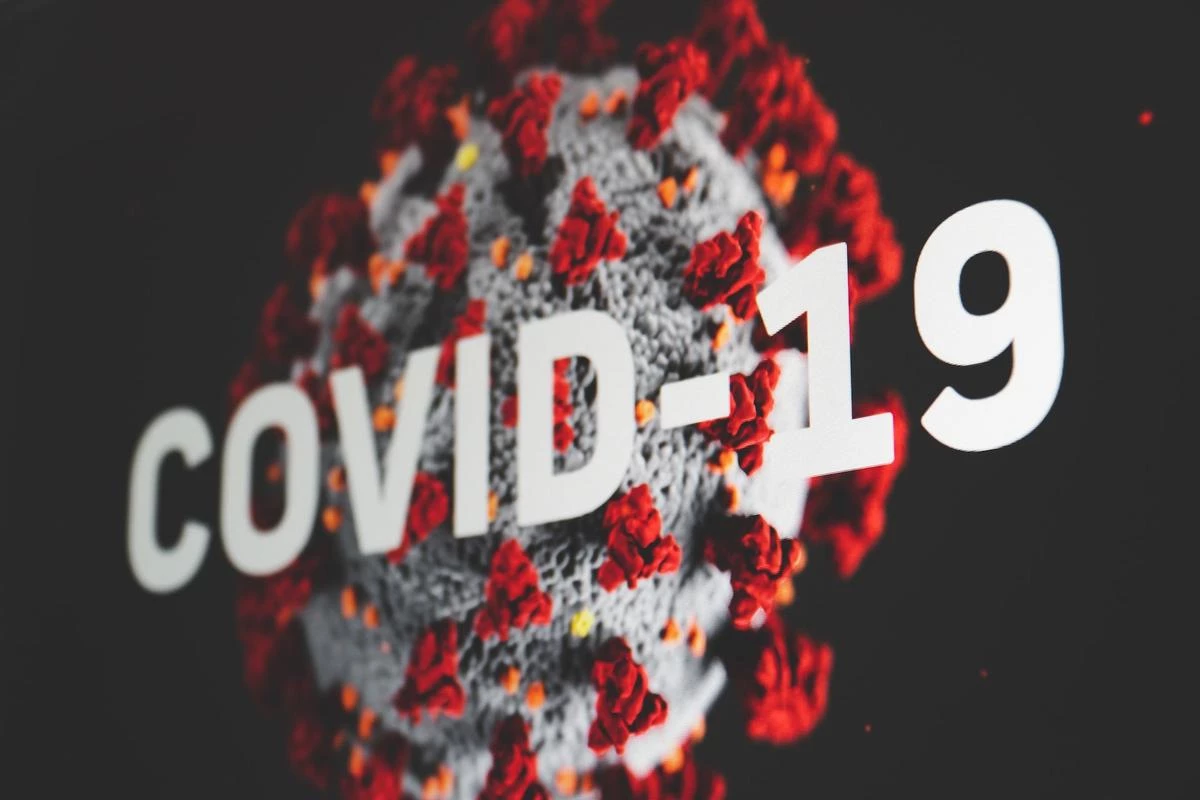
Americans have expressed mixed reactions to the COVID-19 response. Some people seemed pleased with how the government handled the situation, while others were critical. Several factors can be responsible for this. For some, the biggest concern has been the health and safety of themselves and their loved ones. Others seemed more focused on the economic impact of the virus and the response. And another group of people looked skeptical of the government’s ability to handle a crisis like this.
Whatever the reason, there has been a lot of confusion and uncertainty about the best way to proceed. It’s also clear that people stand deeply divided on the issue. So, let’s plunge into this a little more to understand the main areas of concern or satisfaction.
The Mixed Bag Of Emotions
Pew Research Center surveyed 10,282 American adults in May 2022. According to their findings, 62% of the people believe that COVID-19 response to K-12 students’ educational needs has been poor. It didn’t get proper attention from the authorities. And about 31% think it was a priority since the outbreak happened. On views regarding public health protection, there is again a wide gap. 43% of Americans believe that public health has been a priority, and on the other hand, 34% don’t think it got the right amount of attention.
You will hear the same type of opinions regarding vaccination. For example, 55% believe vaccines helped curb the COVID-19 spread efficiently, while 22% said it was somewhat helpful. The remaining 23% of the participants seemed to be on the extreme sides of the spectrum – if some thought it didn’t help, others said it was effective at a minuscule level. Likewise, you can see different reactions to masking and social distancing measures. About 47 to 48% of people said that rules around indoor masking and limited engagement with others helped prevent the infection. The others don’t think that these were so useful.
Due to such varied thoughts around COVID-19 response, more than one in three people say they avoid discussing anything about the pandemic so that they don’t get into arguments in social settings, as per a recent poll by MyBioSource. It also informed that only about 30% of the people think that coronavirus is a significant issue facing the country. Pew Research Center’s study also revealed that 76% of Americans opine that the worst phase of the COVID-led situation is over.
Interestingly, CDC’s Dr. Rochelle P. Walensky also admitted recently that the COVID-19 response has not been at par with the expectations despite preparing for it for more than 75 years. According to Walensky, they made communication, testing, and data mistakes. One of the examples of early blunders from the CDC includes the supply of faulty test kits. FDA also didn’t allow labs to have their testing solutions, which further widened the gap, obscuring the understanding of the virus spread.
Preparation For Widespread Health Emergencies In The Future
A study on the US’s status of readiness toward future public health crises demonstrated that 59% of the people firmly believe that country’s healthcare system is ready for it, and 44% said they are somewhat confident about their ability. By absolute numbers, four of ten people don’t think the healthcare system can manage it. In 2021 also, people reacted in similar ways.
What Went Wrong Or Right In The Public Eye?
In 2021, one of the credible studies showed that 49% were willing to get vaccinated, and 28% didn’t make up their mind about it. However, 77% of people potentially seemed fine with taking the shots. The main reasons for opposing or being suspicious about the vaccines were the thoughts about side effects, fear of infection, etc. After the vaccination drive, 55% of Americans felt that vaccine has efficiently controlled the virus spread. On the other hand, 23% don’t think it did any wonders, and 22% opine that it was somewhat helpful. Likewise, 48% supported masking mandates in indoor settings, and another 47% looked convinced about the effectiveness of social distancing rules.
Anyway, May 2022 analysis shows that 73% of American adults have completed their immunization for COVID19, and a few people have got their first dose. 21% of people have not taken any shots. On further dissection, you can also find that seniors are more likely to complete their vaccine shots than younger ones. Also, the vaccination rate is higher in urban or suburban areas compared to rural zones. If you wonder about the status of booster shots, it is critical to note that about 49% of Americans have taken their first dose of the same. The vaccination adoption rate is lower in kids, though.
There is an overall understanding that Americans ages 65 and above, well-to-do families with insurance, and higher education students are most likely to get fully vaccinated than those who live in rural belts and have no insurance.




















